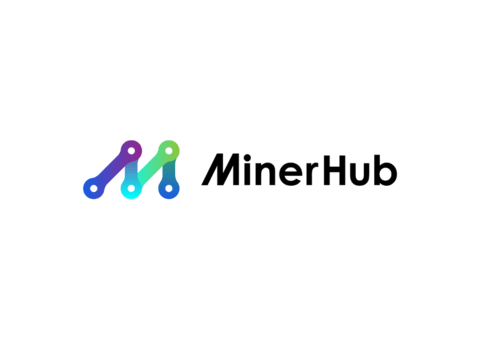FPGA vs GPU: Who's Who in the Future?
Compilation | There is a fish
Produced | Mine Vision (ID: minersight)
all the time,FPGACompilation | There is a fish
Produced | Mine Vision (ID: minersight)
The main field of application is electronic engineering. But things changed slightly when Intel completed its acquisition of Altera, one of the largest makers of field-programmable gate arrays.minerIntel has a strong sense of smell and keen insight into the potential of FPGAs. After the acquisition, it immediately began to help Microsoft build data centers and use cloud services to provide related assistance to Amazon.GPUminer
May still have doubts. What are the advantages of FPGAs? What are the disadvantages of FPGAs? FPGA will be in
secondary title
What is FPGA?
An FPGA is an integrated circuit that is easier to manufacture than an ASIC because, unlike an ASIC, an FPGA can be redesigned and reconfigured. For FPGA miners, this allows them to mine multiple coins supported by multiple algorithms.
secondary title
Advantages and Disadvantages
01. Delay
One of the greatest strengths of FPGAs is their extremely low latency. The reason FPGAs have extremely low latency is that it does not depend on a general-purpose OS, nor does it need to communicate over a general-purpose bus such as USB or PCI-Express.
This is difficult to achieve for other hardware devices. Even a high-quality CPU will have a delay of 50 microseconds, but when it comes to FPGAs, this time will be shortened to 1 microsecond.
Field Programmable Gate Arrays with extremely low latency capabilities can shine in situations where tiny latencies are required. For example, we can see it in the automatic operation of jet fighters and high-frequency algorithmic trading.
02. Energy efficiency
Application-specific integrated circuits (ASICs) outperform FPGAs in the speed of a single algorithm, but their initial investment for larger clusters of machines is extremely high. FPGAs are better than GPUs for cryptocurrency mining because they perform well and are extremely energy efficient.
In addition to the advantages of energy-efficient computing, FPGAs have another advantage—their efficiency does not require a host computer to support them.
03. Engineering fee
Although FPGA has great advantages in the above aspects, its cost for configuration and programming is much higher than that of GPU based on instruction architecture. Hardware circuits are usually written using hardware description languages (HDL) such as VHDL and Verilog.
And when it comes to programming, it is done in one of the many programming languages such as Java, C, Python.
04. High-level synthesis (HLS)
High-level synthesis (HLS) is a growing trend in which FPGAs can be programmed using conventional programming languages (such as Open CL or C++) and high-level abstractions.
But despite all the technological advances and breakthroughs in programming, programming FPGAs is still a daunting task.
05. Connectivity
Let's look back at the GPU, which is more dependent on the OS and standardized buses (such as USB and PCI-Express) for data transfer. FPGAs do not depend on these parameters, and their advantage lies in enabling users to obtain higher bandwidth with less latency.
In fact, FPGAs can be directly connected to data sources such as network interfaces and sensors.
secondary title
In order to use high-performance computing functions such as deep learning, users can only highly rely on GPUs with excellent floating-point performance computing capabilities, while FPGAs are slightly inefficient in floating-point arithmetic.
epilogue
In general floating-point operations, the floating-point unit requires a lot of resources and must be assembled from logic blocks. However, the playbook changes when it comes to FPGAs, where energy efficiency can be significantly improved because the floating-point unit is already included in the FPGA fabric.
Although currently advanced GPUs are more energy efficient than FPGAs, in the near future Field Programmable Gate Arrays will surely overtake GPUs in floating point computing and win the battle for energy efficient computing .



